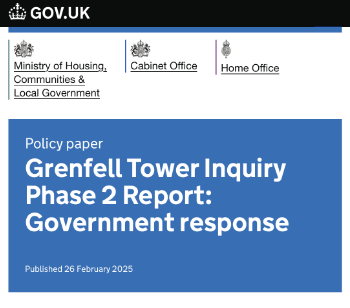How to cut down on material costs on the construction site
Contents |
Introduction
One of the greatest problems that most contractors face is the question – how to save money on materials without harming the quality of the end product? This is particularly important in the construction industry, due to the fact that any 'compromise' you make, may put lives at stake.
Nevertheless, cutting down on material costs on the construction site in a safe and efficient way is quite possible, as long as you do it the right way around. Here are four tips that might come in handy.
Go for local materials
Transportation price of a large quantity of material is something you can’t afford to ignore, therefore, you need to ensure that you go for local materials. It’s not just about the cost of gas on default, seeing as how an overloaded truck (or any vehicle in general) tends to spend more gas to traverse the same distance.
Furthermore, the greater the distance it passes while overburdened, the more often will it break down. In other words, going for local materials saves you money in more than several ways. One last thing, by going down this path, you’ll lower the environmental impact of your construction site, which is one more thing worth keeping in mind.
Standardise
The next thing you can do is standardise the materials you use. This may be a bit in contrast with the idea of going for local materials, yet, it saves time, money and effort in the long run. First of all, by having your team accustomed to working with these materials and having your tools adjusted to them, you’ll have a much more efficient work process than you otherwise would.
Most importantly, this efficient work also implies less adjustment downtime and less material waste due to mismanagement. Needless to say, this is a factor that’s hard to quantify, due to the fact that different batches of the same supply might be of a different quality. Therefore, a human error might not be the only factor worth considering. Nonetheless, it’s more than clear that this leads to a direct material benefit of the contractor.
Purchase materials from specialised suppliers
Another rule you’d do well to adhere to is the idea of buying materials from specialised suppliers. Why? Well, apart from the fact that they have a wider variety of supplies, they also tend to provide specialised offers that general suppliers usually can’t match; for instance, when looking for lead products and supplies, you should look for specialised suppliers that have lead for sale in Australia, New Zealand, or any other country where your construction project is taking place.
Same goes for every different type of material, no matter how exhausting such a process might seem. Once you establish these connections, you’ll have a much easier job of automating the rest of the process.
Buy bulk and save
Buying in bulk is always more frugal than acquiring the specific amount you need, especially due to the fact that you can never have a 100 percent accurate guess of how much material you will need. You see, not every material (even from the same supplier) is of the same quality, same as your team isn’t always equally diligent. In this way, you’ll also provide your ream with some replacement material without having to undergo an expensive turnover. Sure, this also means that you would have to invest in storage, yet, more often than not, this is an expense worth making.
Conclusion
Neither of the above-listed four tips suggests skimming on materials or purchasing materials of lower quality. All that you have to do is look for simpler, more pragmatic ways to acquire necessary materials, as well as plan for the long run. Finally, by including abstract terms of human error probability and the effects of standardisation into the equation, you might get the full picture of the savings that you’re about to make.
Related articles on Designing Buildings Wiki
Featured articles and news
CIOB student competitive construction challenge Ireland
Inspiring a new wave of Irish construction professionals.
Challenges of the net zero transition in Scotland
Skills shortage and ageing workforce hampering Scottish transition to net zero.
Private rental sector, living standards and fuel poverty
Report from the NRH in partnership with Impact on Urban Health.
.Cold chain condensing units market update
Tracking the evolution of commercial refrigeration unit markets.
Attending a conservation training course, personal account
The benefits of further learning for professsionals.
Restoring Alexander Pope's grotto
The only surviving part of his villa in Twickenham.
International Women's Day 8 March, 2025
Accelerating Action for For ALL Women and Girls: Rights. Equality. Empowerment.
Lack of construction careers advice threatens housing targets
CIOB warning on Government plans to accelerate housebuilding and development.
Shelter from the storm in Ukraine
Ukraine’s architects paving the path to recovery.
BSRIA market intelligence division key appointment
Lisa Wiltshire to lead rapidly growing Market Intelligence division.
A blueprint for construction’s sustainability efforts
Practical steps to achieve the United Nations Sustainable Development Goals.
Timber in Construction Roadmap
Ambitious plans from the Government to increase the use of timber in construction.
ECA digital series unveils road to net-zero.
Retrofit and Decarbonisation framework N9 launched
Aligned with LHCPG social value strategy and the Gold Standard.
Competence framework for sustainability
In the built environment launched by CIC and the Edge.
Institute of Roofing members welcomed into CIOB
IoR members transition to CIOB membership based on individual expertise and qualifications.
Join the Building Safety Linkedin group to stay up-to-date and join the debate.
Government responds to the final Grenfell Inquiry report
A with a brief summary with reactions to their response.

























